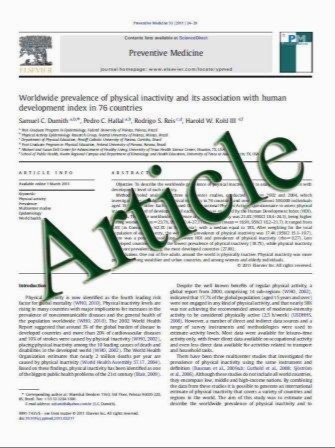Intramedullary femoral nailing through the trochanteric fossa versus greater trochanter tip: a andomized controlled study with in-depth functional outcome results
- نوع فایل : کتاب
- زبان : انگلیسی
- مؤلف : C. M. Ansari Moein H. J. ten Duis P. L. Oey G. A. P. de Kort W. van der Meulen Chr. van der Werken
- چاپ و سال / کشور: 2011
Description
Purpose In a level 1 university trauma center, an explorative randomized controlled study was performed to compare soft tissue damage and functional outcome after antegrade femoral nailing through a trochanteric fossa (also known as piriform fossa) entry point to a greater trochanter entry point in patients with a femoral shaft fracture. Materials and methods Nineteen patients were enrolled and randomly assigned to two nail insertion groups; ten patients were treated with an Unreamed Femoral Nail (UFN, Synthes, Solothurn, Switzerland) inserted at the trochanteric fossa and nine patients were treated with an Antegrade Femoral Nail (AFN, Synthes, Solothurn, Switzerland) inserted at the tip of the greater trochanter. The main outcome measures were pain, gait, nerve and muscle function, along with endurance. Magnetic resonance imaging (MRI), electromyography (EMG), and Cybex isokinetic testings were performed at, respectively, 2 and 6 weeks and at a minimum of 12 months after surgery. Results The MRI and EMG showed, in both groups, signs of iatrogenic abductor musculature lesions (four in the UFN group and four in the AFN group) and superior gluteal nerve injury (five in the UFN group and four in the AFN group). The isokinetic measurements and the patientreported outcomes showed moderate reduction in abduction strength and endurance, as well as functional impairment with slight to moderate interference with daily life in both groups, with no appreciable differences between the groups. Conclusions Anatomical localization of the entry point seems to be important for per-operative soft tissue damage and subsequent functional impairment. However, the results of this study did not show appreciable differences between femoral nailing through the greater trochanter tip and nailing through the trochanteric fossa.
Eur J Trauma Emerg Surg DOI 10.1007/s00068-011-0086-5 Received: 14 May 2010 / Accepted: 2 February 2011


